The winds of change are blowing again and are set to impact Wind Classifications, with the new National Construction Code (NCC) to be released in September 2022. A key part of the new NCC will be incorporation of new Wind Assessment Standards, which were released in 2021.
Although the revised wind standards are not compulsory until the new NCC is in place, STA is taking the lead early to use new processes for Wind Classifications that meet NCC 2022. This means STA clients will not only have project wind assessments that are more accurate and consistent, but also safer, with lower risk of issues in the longer term.
One of our previous blogs outlined some of the basics on wind assessments, including what a wind classification is and when it is needed.
Currently the two standards that apply are:
In both cases, the following contributing factors are used (in different ways) to calculate results:
Wind Region — based on data available for different regions of Australia (see Figure 1)
Terrain — smoothness or roughness of the terrain due to trees and other structures. For AS 4055 this is for 500 metres in all directions, while AS/NZS 1170.2 uses an averaging distance of 500 metres or 40 times average roof height plus a lag distance, whichever is greater.
Topography — considers cross sections of a hill, with location of site on hill and its slope critical to the calculation
Shielding — shielding of the house by adjacent structures (both standards) and trees (AS 4055 only)
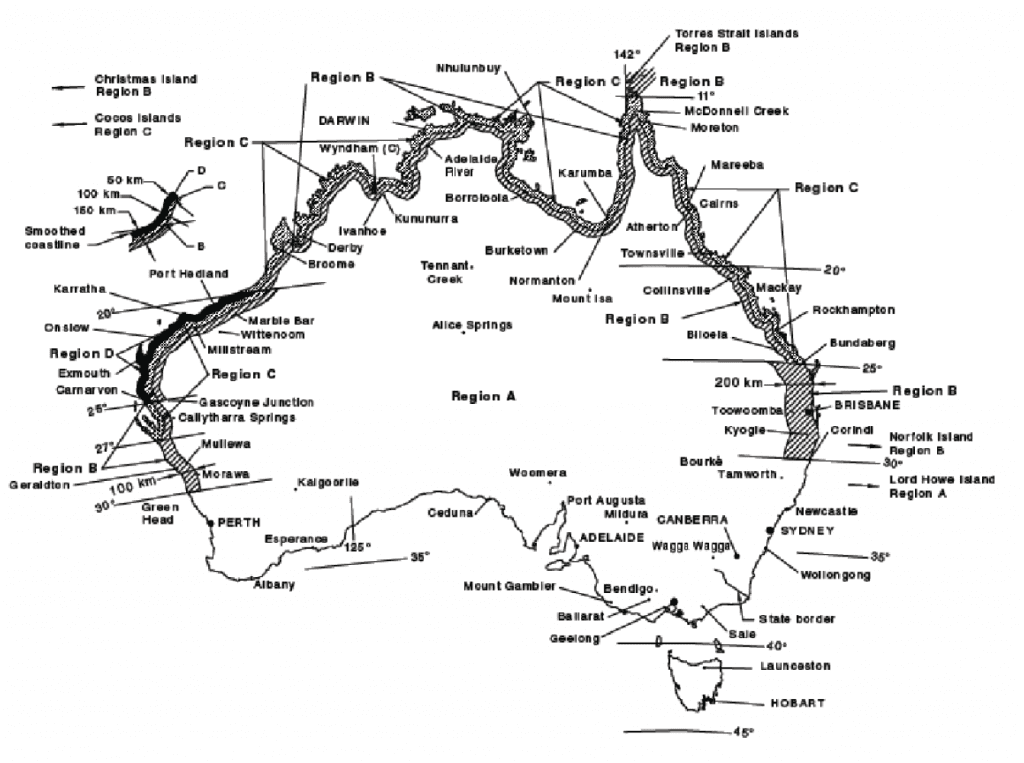
The new standards will be aligned more closely to each other. Some key changes which may impact the ratings for your projects are as follows:
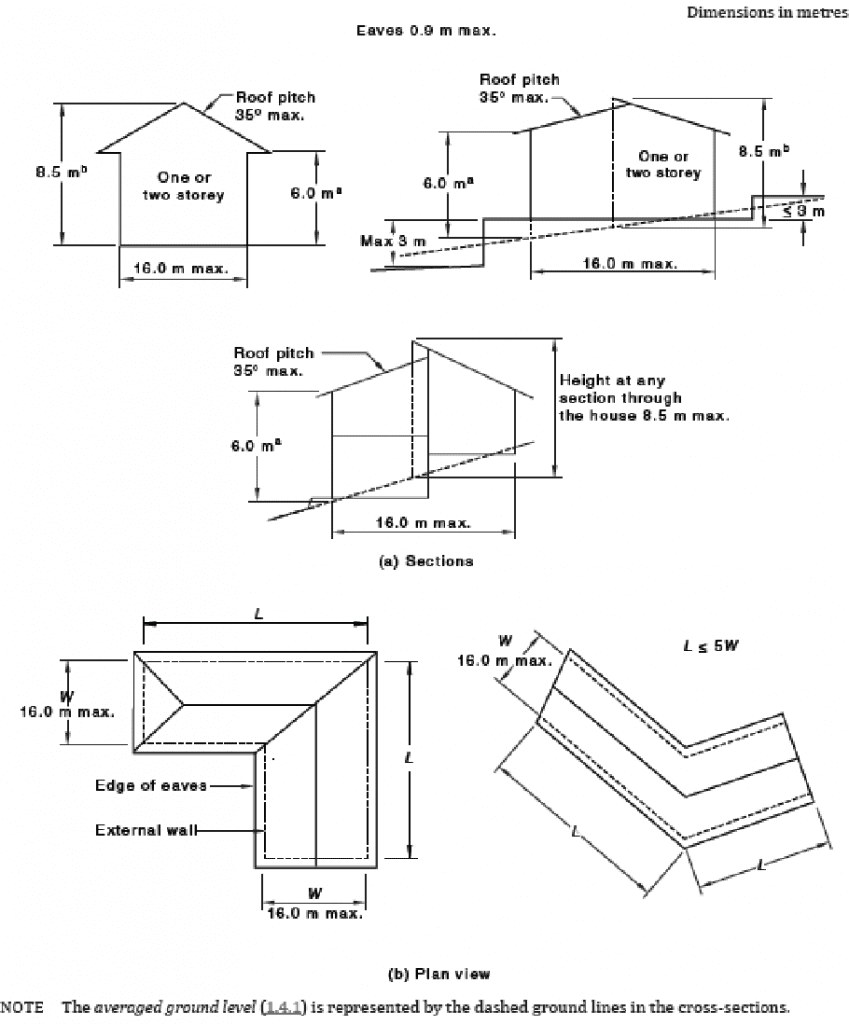
As a result of the changes to the standards, and the increasingly large volumes of geospatial data being available, STA will be using CHECKWIND software to carry out all wind assessments under both standards.
CHECKWIND determines all site-specific wind load parameters within seconds utilising ground‐breaking Google Maps integration.
Other complementary tools will still be used where applicable; such as STA’s X-ref map, QLD Globe, estate maps and site photos, to ensure as accurate a result as possible. To keep you fully informed as we go, STA maintains its commitment to clear and transparent reporting. You’ll always know why we’ve used a certain standard and how the result has been determined.
To illustrate this, below are examples of our new Wind Assessment Report pages for both AS 4055:2021 and AS/NZS 1170.2:2021.
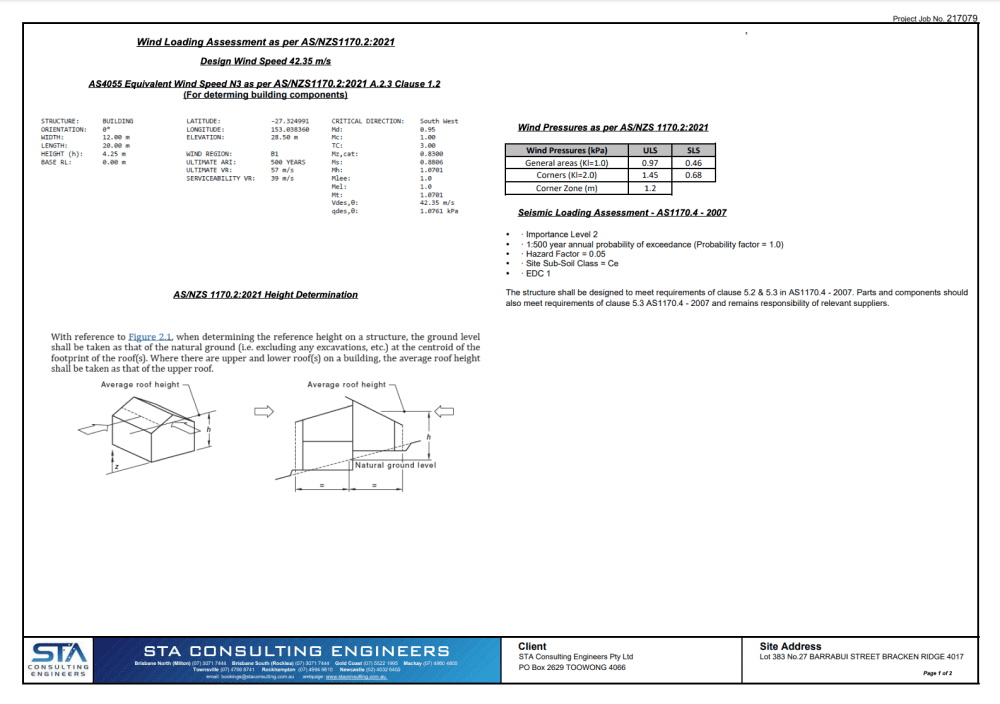
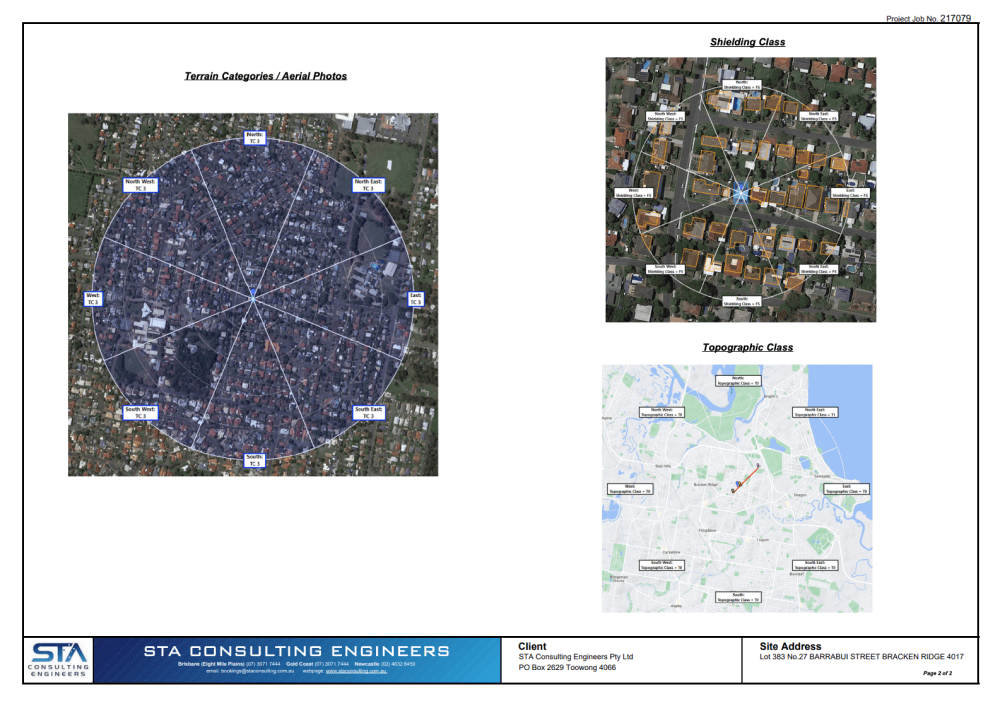
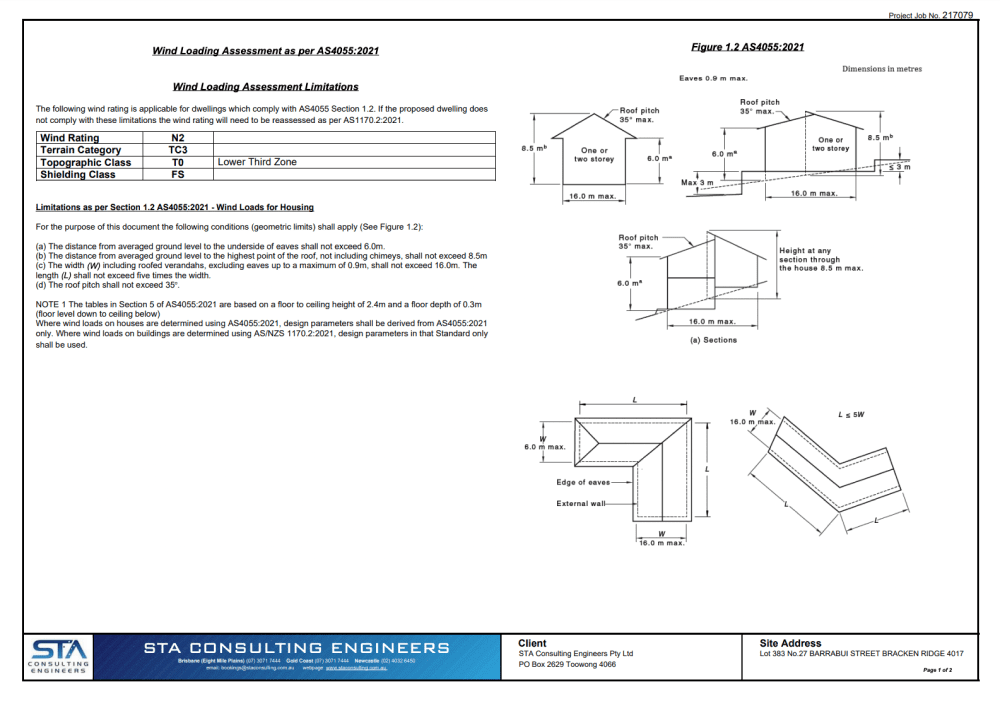
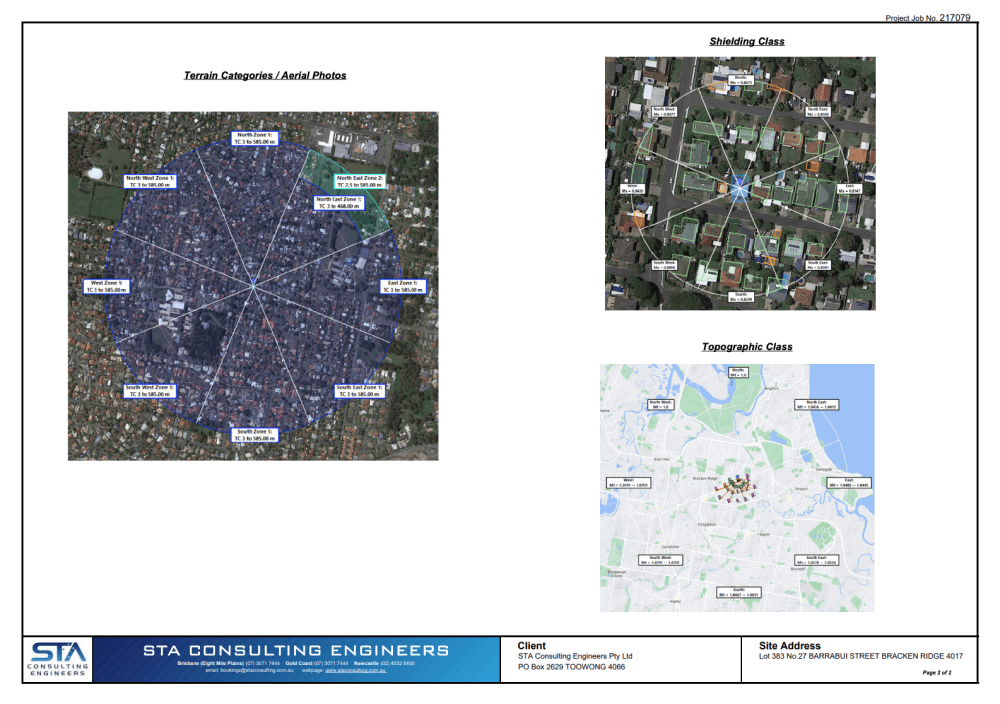
There are likely to be variations in results from the old to new standards, some more favourable (costing less for the build), and others not so. That’s because the changes improve the system, making wind assessments more accurate, with AS 4055 becoming more consistent with AS/NZS 1170. This means both safer housing and fewer unnecessary costs.
So whilst the site for your next build might have an N4 classification, when a house already built just across the street has an N3 classification. However, the new classification provides a greater level of safety and compliance, based on the most up to date research, data and standards.
On the other hand, with topographic calculations now consistent between both standards, many calculations under AS 4055:2021 could become more favourable.
In either case, our report to you will provide clear reasons.
The new standards were published in 2021, but at STA, we firstly took some time to review them and revise our internal processes. We are planning to commence use of the new standards, and associated processes, from 16 May 2022 . We believe this is the right moment, and will give us all time to get comfortable with the changes prior to the new National Construction Code release in September.
Builders should avoid quoting on the assumption of a certain Wind Assessment result, especially in this transition period. If building plans are not final, make sure there’s an appropriate clause in your quote and contract.
To better protect your reputation and avoid problems, advise your customers to order a wind assessment at the same time as the soil test, then quote on the results. For the builder, client and building designer, this ensures that an accurate wind classification is confirmed as early as possible in the project, bringing clarity for all, as well as significant risk mitigation.
And a single site visit for both the soil test and wind assessment means lower costs. Remember, it always helps to use one engineer for all your project needs.
Now that you know more about what to expect with the upcoming changes, we hope you’ll find the new process a breeze. To book a Wind Assessment, call us on (07) 3071 7444 (QLD) or request a quote online.